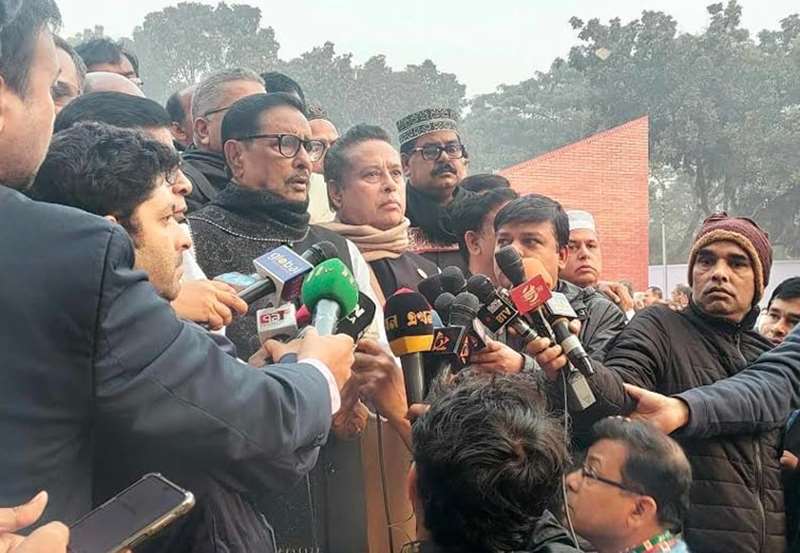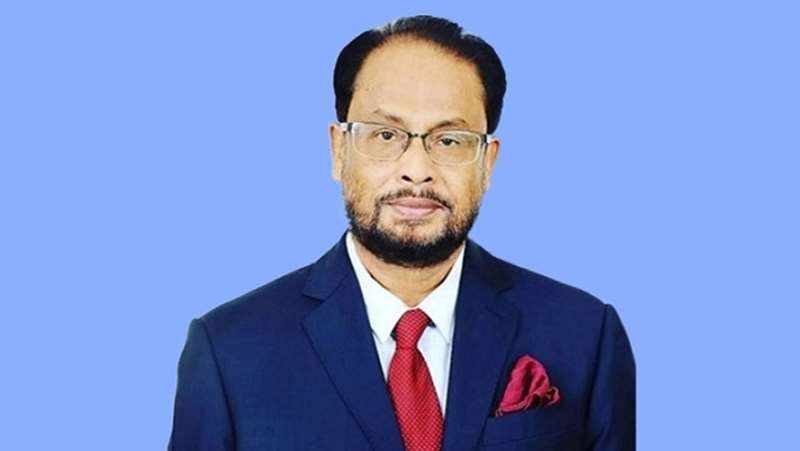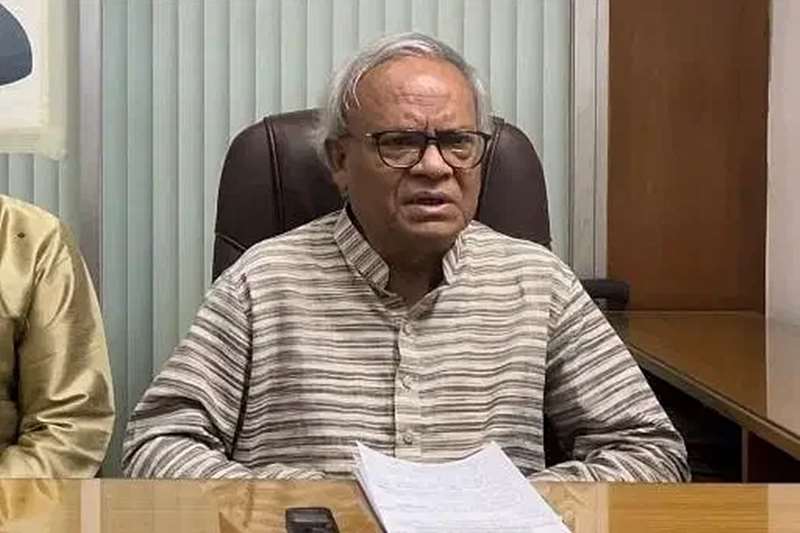BNP-Jamaat is the enemy of freedom and victory

Awami League (AL) General Secretary, Obaidul Quader
Awami League (AL) General Secretary, Obaidul Quader, emphasized the ongoing battle against communal forces that fundamentally oppose the ideals of our Liberation War. He asserted that these malevolent forces persist in spreading throughout the country.
Quader stressed the necessity of a continuous struggle against the anti-liberation communal forces, motivating individuals with their inherent strength. He commented, "We must persistently combat the forces opposing our liberation, as these malevolent elements remain active in our country."
Following his homage-paying ceremony at the Martyrs Intellectuals Mausoleum in Mirpur, in observance of Martyrs Intellectuals Day, Quader, who also serves as the Minister of Road Transport and Bridges, addressed journalists. He highlighted the connection between the evil forces responsible for the 1971 atrocities and the ongoing presence of communal elements in the country. Quader added, "These malevolent forces are not only adversaries of independence but also of our victory."
Expressing his commitment on this day, the leader of the ruling party stated, "To eradicate sectarianism from our nation, we must persist in the fight against the evil forces led by BNP-Jamaat, who currently pose a threat to the country's independence."
Quader noted that these forces consistently pose threats and engage in conspiracies to steer the country back toward a sentiment reminiscent of Pakistan. He emphasized the imperative need to continue the fight against these malevolent forces, underscoring the dedication of the AL to this cause.
He concluded by stating that a nation imbued with the spirit of '71 would never face defeat.
Earlier in the day, President Mohammed Shahabuddin and Prime Minister Sheikh Hasina paid heartfelt tributes to the best sons of the country at 7:05 am and 7:06 am, respectively, in commemoration of the occasion.










পাঠকের মন্তব্য